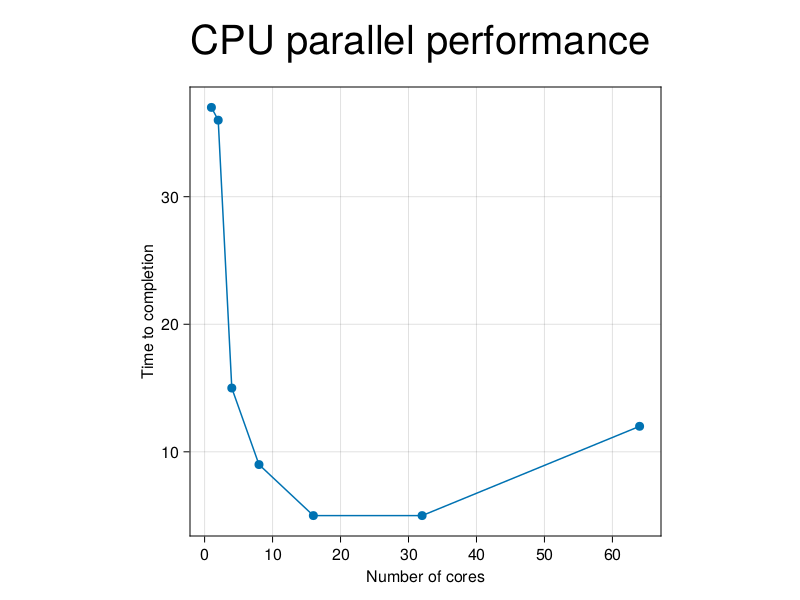This project implements the convective parameterization of:
Yang, D., and A. P. Ingersoll, 2013: Triggered Convection, Gravity Waves, and the MJO: A Shallow-Water Model. J. Atmos. Sci., 70, 2476–2486, https://doi.org/10.1175/JAS-D-12-0255.1.
On the Shallow Water model of Oceananigans.jl. It is currently supposed to work on GPU are CPU architecture.
It relies in:
- Oceananigans.jl for the model (see website for docs)
- Julia Language v1.8.0-rc1 for the language (check website for docs), especially this.
It currently includes:
- Coriolis (f-plane)
- gravity
- convection
This is experimental work carried out at the University of California Davis by Argel Ram'irez Reyes
-
First, download the julia language v1.8.0-rc1 from https://julialang.org/downloads/#upcoming_release
-
Clone this repository using git. From your bash session you can do:
git clone https://github.com/aramirezreyes/RamirezReyes_ShallowWaterInFPlane --branch RossbyPalooza --single-branch
This should create a folder called
RamirezReyes_ShallowWaterInFPlane -
cd into this folder
-
launch julia from where you installed it:
julia --project=@.
-
Once you are in julia, press
]to enter package mode and typeinstantiate]instantiatethis will install the required julia packages. This step is only necessary the first time that you run it. -
Exit julia using
CTRL+Dor by exiting the package mode (backspace) and writingexit()
Assuming you are on the folder RamirezReyes_ShallowWaterInFPlane, use bash to launch julia in the following way:
/path/to/julia/bin/julia --project=@. -t 32 scripts/examples/run_oceananigans_example_cpu.jl
This runs the case found in scripts/examples/run_oceananigans_example_cpu.jl using 32 cores
You can modify the parameters found in there in any text editor.
The output will be written in the folder called "data" in NetCDF format
If your system had a CUDA capable GPU, you can change the file in scripts/examples/run_oceananigans_example_cpu.jl and the code will run much faster
For a test run with domain of 500x500 saving the 8 variables every 100 timesteps with timestep of 5 seconds I observed the following performance:
Apparently the optimum is with 32 cores (tested on NERSC Perlmutter)
